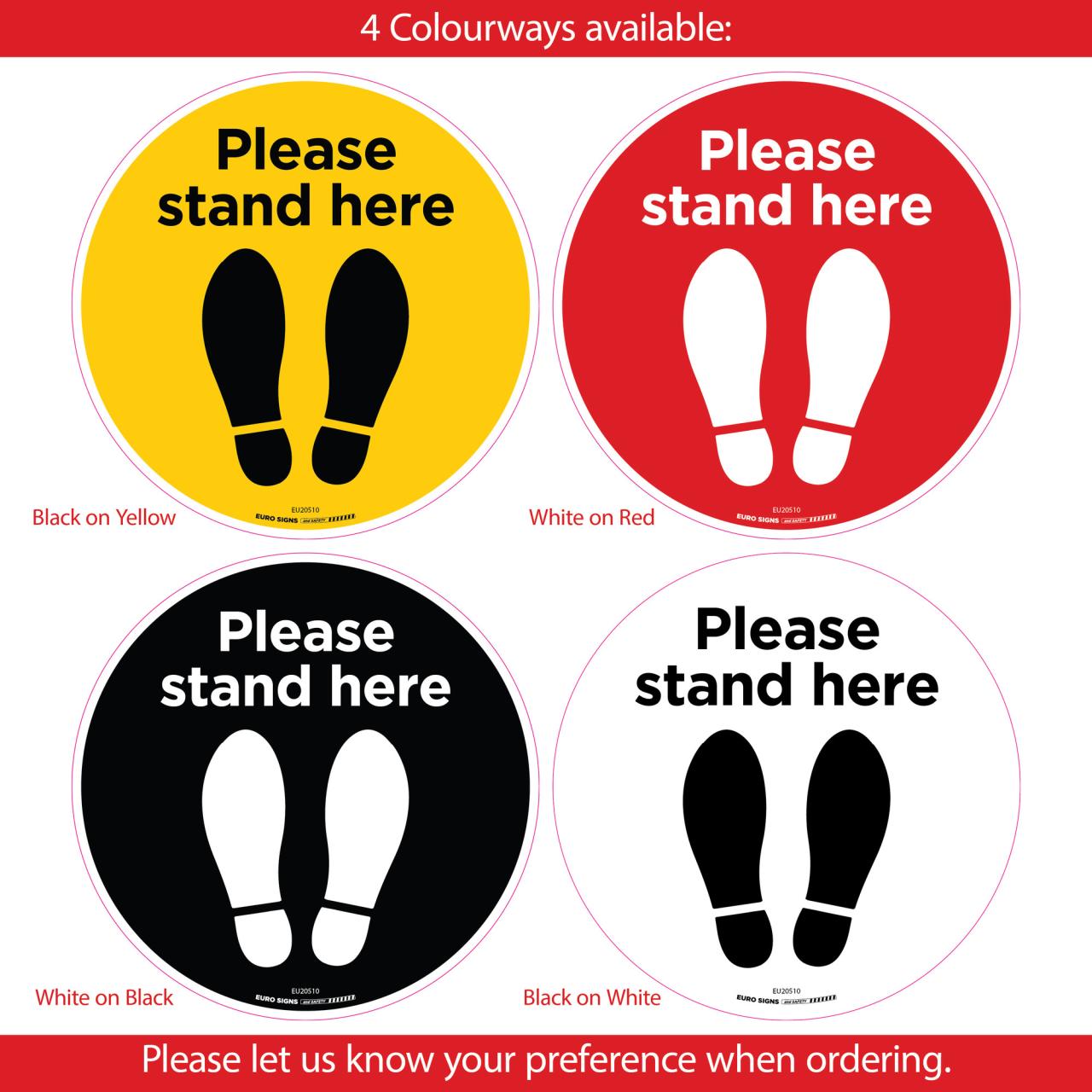Symbols in i stand here ironing – In “I Stand Here Ironing,” Tillie Olsen deftly employs symbolism to explore the complexities of domesticity, memory, irony, and identity. Through the narrator’s poignant reflections on her life and relationships, the story offers a profound and nuanced examination of the human experience.
The household chores that consume the narrator’s daily routine become symbolic of her emotional state, reflecting her feelings of isolation, frustration, and longing. Memories, both cherished and painful, shape her present experiences, influencing her decisions and shaping her perspective on the past and future.
Symbolism of Domesticity: Symbols In I Stand Here Ironing
In “I Stand Here Ironing,” the domestic chores described by the narrator symbolize her emotional state and her relationship with her family. The mundane tasks of ironing, folding clothes, and preparing dinner represent the narrator’s feelings of isolation, guilt, and longing.
Chores and Emotional State
- Ironing:The narrator’s meticulous ironing reflects her desire for perfection and control in her life. However, the wrinkles that refuse to disappear symbolize the imperfections and struggles that she cannot overcome.
- Folding clothes:The act of folding clothes represents the narrator’s attempt to organize and contain her emotions. However, the clothes often fall apart, reflecting her inability to fully suppress her feelings.
- Preparing dinner:The narrator’s cooking symbolizes her desire to provide for her family. However, the burnt food and spilled milk represent her failures and frustrations as a mother.
Domestic Setting and Family Relationships, Symbols in i stand here ironing
The domestic setting of the story reflects the narrator’s strained relationships with her family. The house is described as “dark” and “silent,” creating a sense of isolation and loneliness. The narrator’s husband is absent, and her children are often seen as burdens rather than sources of joy.
Symbolism of Memory
The story “I Stand Here Ironing” relies heavily on the use of flashbacks and memories to shape the narrator’s present experiences and provide insight into her complex emotions and struggles.
The narrator’s memories are fragmented and often triggered by specific objects or events in the present. For example, the smell of the dress she is ironing reminds her of her daughter’s childhood and the time she spent trying to keep her clean and presentable.
These memories are both bittersweet and painful, as they evoke a sense of loss and regret.
Specific Memories
The specific memories that are recalled are significant because they reveal the narrator’s innermost thoughts and feelings about her daughter. For instance, the memory of her daughter’s first day of school highlights the narrator’s hopes and dreams for her child’s future.
Conversely, the memory of her daughter’s rebellious teenage years reveals the narrator’s frustration and disappointment.
Symbolism of Irony
Irony plays a significant role in “I Stand Here Ironing,” revealing the narrator’s inner conflict and highlighting the complexities of her life.
Narrator’s Name
The narrator’s name, Emily Dickinson, is ironic because it evokes the famous American poet known for her exploration of death and isolation. However, our narrator’s life is marked by domesticity and the struggles of raising children.
The Ironing Board
The ironing board, a symbol of domesticity, becomes an object of frustration for the narrator. She struggles to iron her children’s clothes, reflecting her own feelings of inadequacy and the weight of her responsibilities.
The “Perfect” Family
The narrator’s attempts to present a “perfect” family facade contrast with the reality of her struggles and inner turmoil. The irony highlights the gap between societal expectations and the challenges of real life.
Symbolism of Clothing

The story employs clothing as a potent symbol to convey the narrator’s identity, relationships, and emotional trajectory. The narrator’s clothing choices reflect her evolving self-perception and the expectations imposed upon her by society.
Clothing and Identity
The narrator’s clothing serves as an outward expression of her inner self. She describes her old clothes as “shapeless and faded,” suggesting a lack of self-definition and a sense of being lost. As she transitions into adulthood, she begins to experiment with different styles, reflecting her growing sense of agency and desire to express her individuality.
Clothing and Relationships
Clothing also plays a significant role in the narrator’s relationships. Her mother’s “pretty pink organdy dress” symbolizes the traditional feminine ideal that the narrator is expected to conform to. In contrast, her husband’s “blue chambray shirt” represents a more casual and egalitarian relationship.
Clothing and Emotional Journey
The narrator’s clothing choices reflect her emotional journey throughout the story. The “white organdy dress” she wears to her first job interview symbolizes her hopes and aspirations for a bright future. However, as her life becomes more complicated, her clothing becomes more subdued, reflecting her feelings of disappointment and disillusionment.
Top FAQs
What is the significance of the narrator’s constant ironing?
The ironing symbolizes the narrator’s attempts to smooth out the wrinkles and imperfections in her life, both literally and figuratively.
How does the story explore the theme of memory?
The narrator’s memories serve as both a source of comfort and a reminder of her past mistakes and regrets.
What is the ironic twist at the end of the story?
The narrator realizes that her daughter, whom she has struggled to understand and connect with, is actually a talented writer.